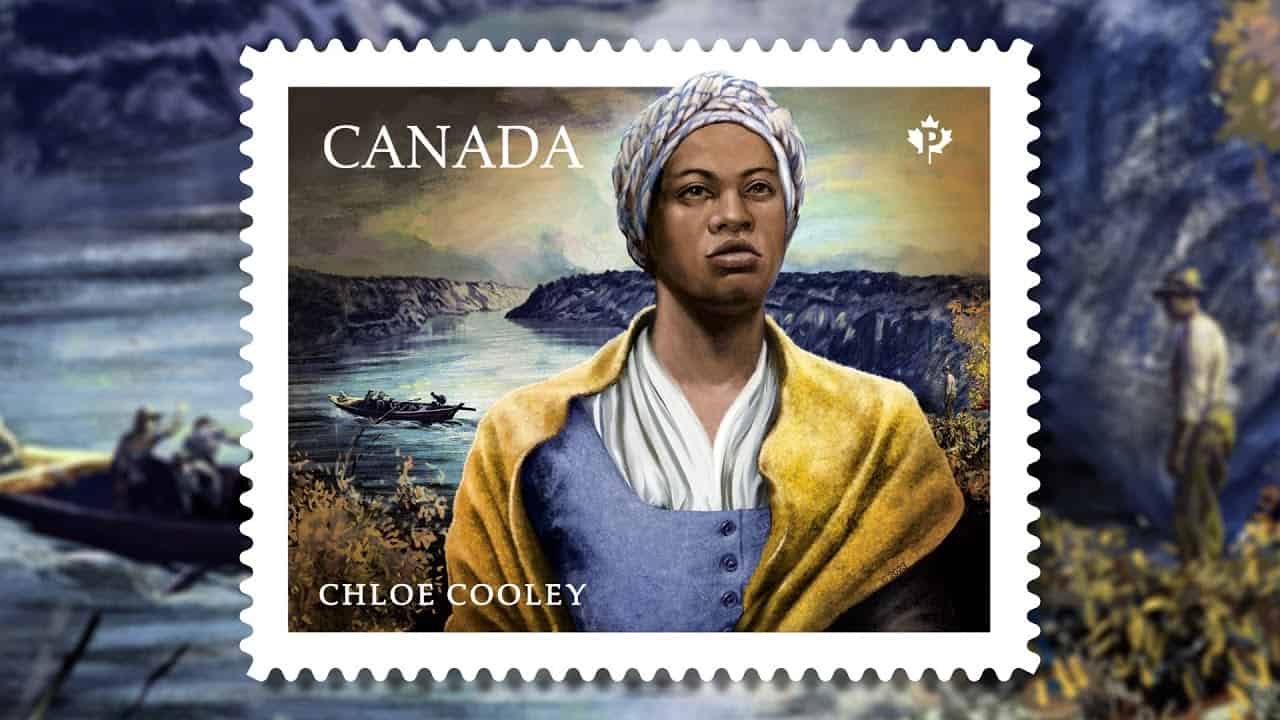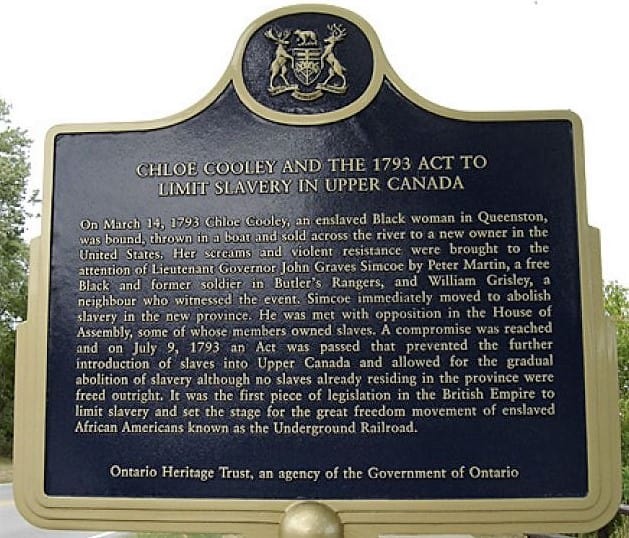How one Black woman’s fight in Niagara-on-the-Lake helped end slavery in Canada
Published February 15, 2023 at 11:44 am

A lost fight, a loud struggle, whispers of freedom soon to come – that was the beginning to the end of slavery in Canada back in 1793.
At the time, this country wasn’t yet Canada – that wouldn’t happen until 1867 – but rather, a British colony at the time and slavery was still very much legal.
But at the time, there was growing pressure from white British abolitionists, many in power, to end the practice of slavery in Canada and it didn’t take long for the Black community north of the border to start hearing the news of freedom yet to come.
One such Black woman, Chloe Cooley, a slave in the Queenston area of Niagara-on-the-Lake heard those whispers of freedom and waited for the day to come.
Her “owner” Adam Vrooman had other ideas. Sensing the winds of change, he decided that he had to get Cooley across the river to America so he could sell her before she won her freedom.
Enlisting the help of two more men, Vrooman grabbed Cooley and successfully got her into the boat. However, Cooley put up such a loud struggle that it got the attention of her friend Peter Martin, a free black man, a former Butler’s Ranger, and a leader in the black community.
Martin made sure the incident became known to Lieut.-Gov. John Graves Simcoe, an avowed abolitionist, who then created legislation that would ban slavery in Upper Canada. While he wasn’t 100 per cent successful as many of the executive council were slave owners themselves, legislation was passed that would slowly phase out slavery in Upper Canada. This act was made into law on July 9, 1793.

A plague explaining Chloe Cooley’s struggle is erected near the spot she was
abducted and thrown into a rowboat in Niagara-on-the-Lake.
The legislation put forth that no new slaves were to be transported into Canada and granted freedom from slavery for the children of Upper Canada slaves.
While that was a start, eventually slavery itself was abolished everywhere in the British Empire in 1834, leading the way for American slaves to seek freedom in Canada, using the Underground Railroad in the 1800s. It is estimated that 30,000 Black Americans made their way into Canada searching for freedom.
What happened to Cooley once Vrooman got her into the United States by rowboat remains unknown. But her struggle to stay in Canada and out of that boat may have kickstarted the movement to abolish slavery up north of the border.
A Heritage Minute looks at the story of Chloe Cooley, below.
INsauga's Editorial Standards and Policies








